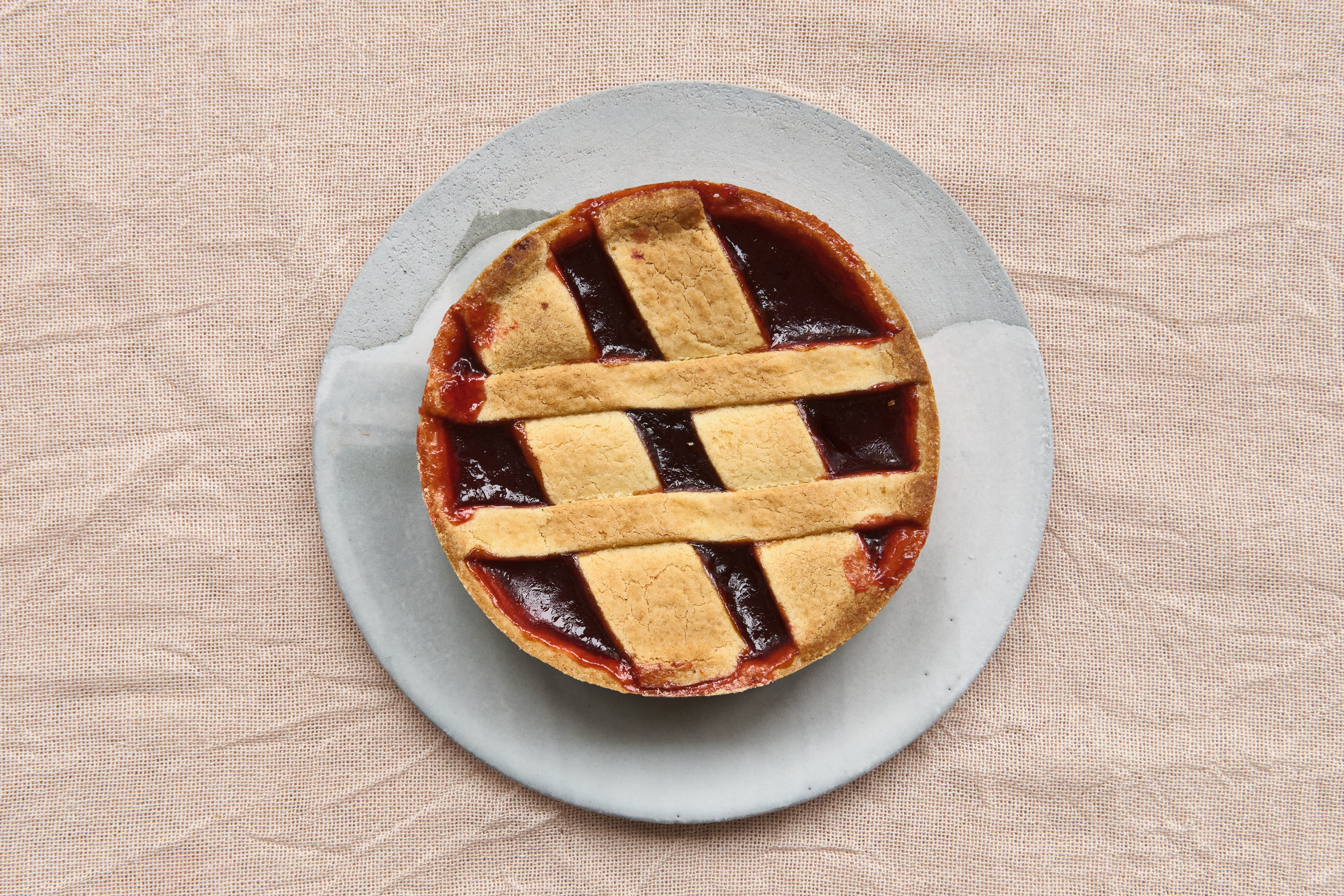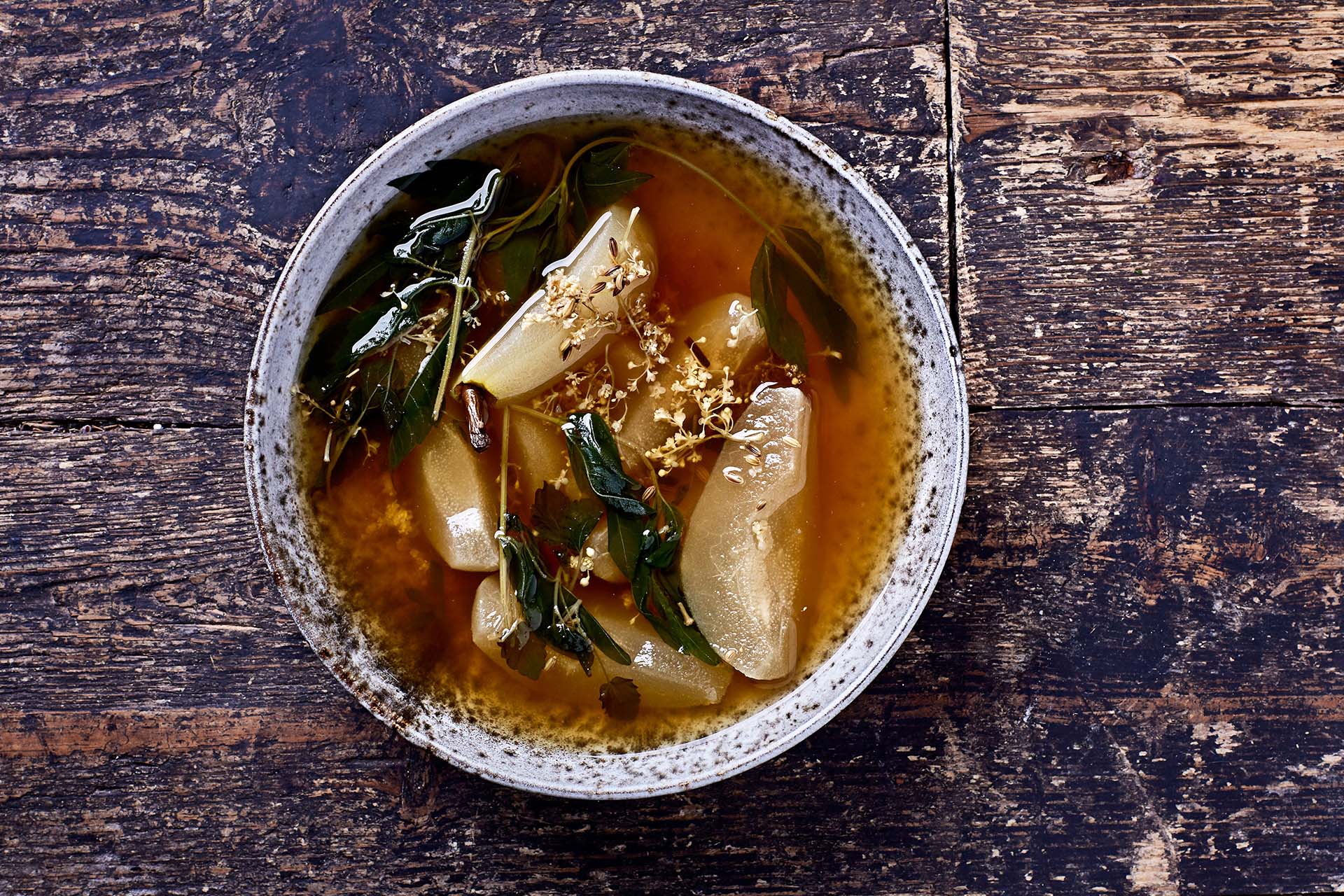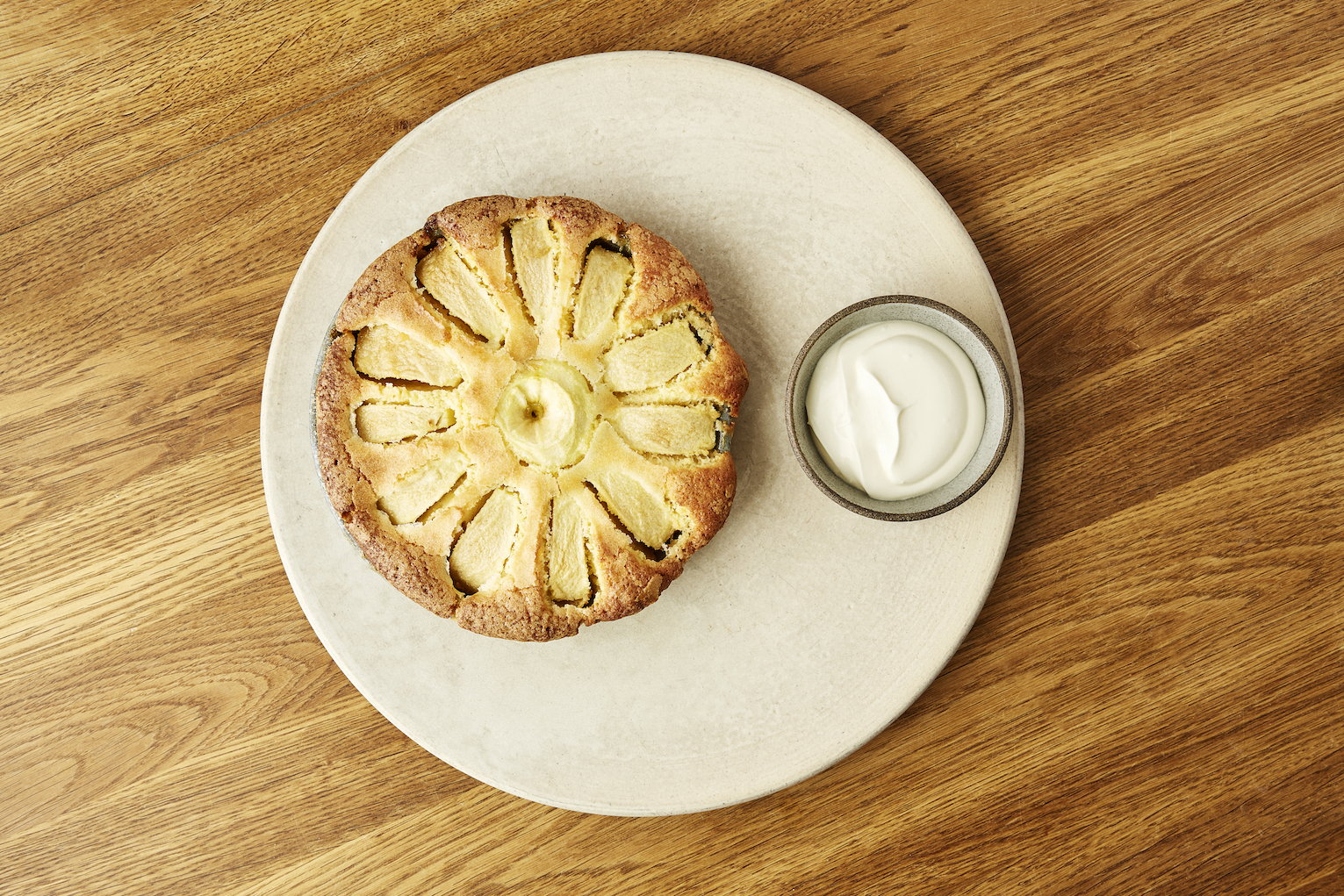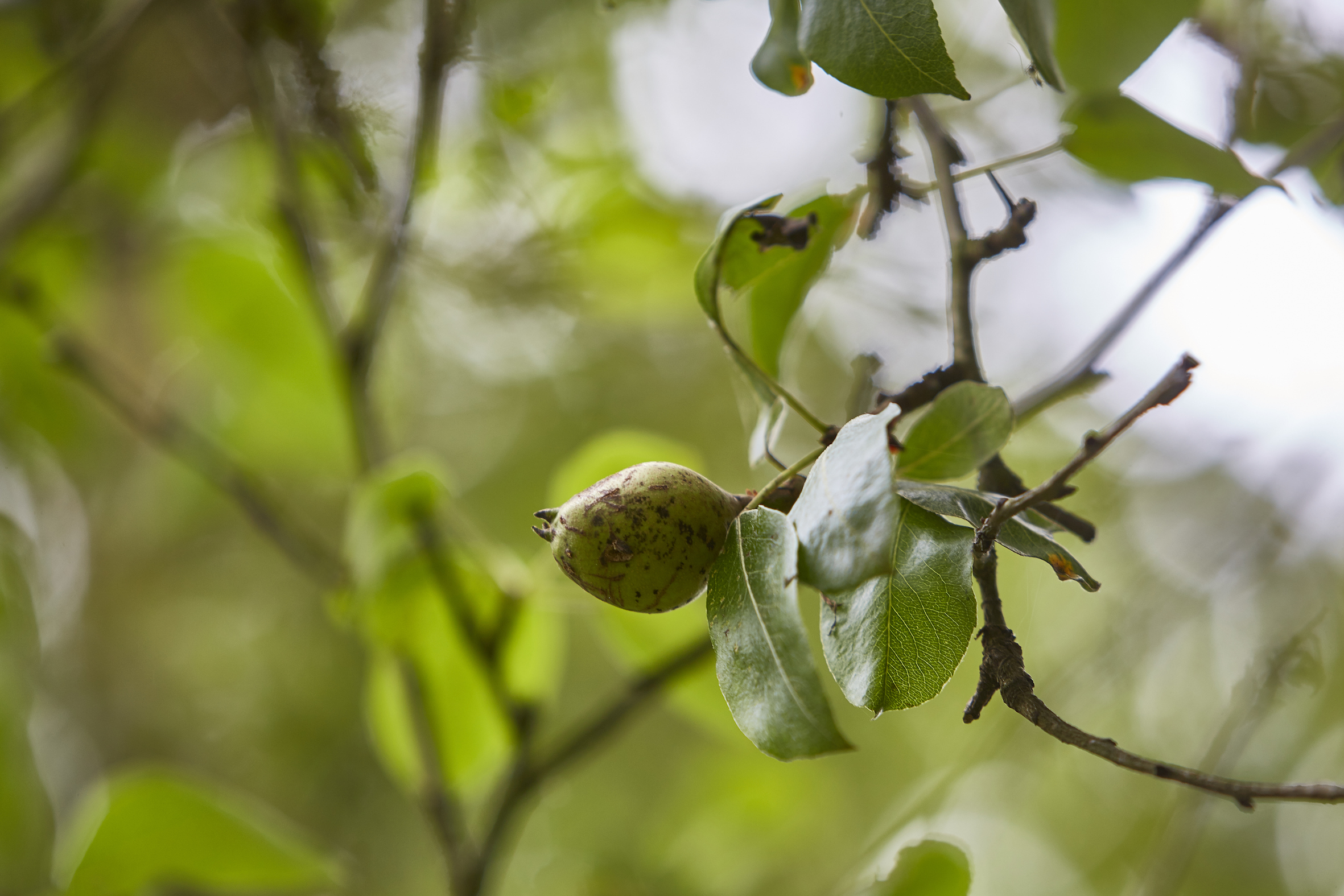
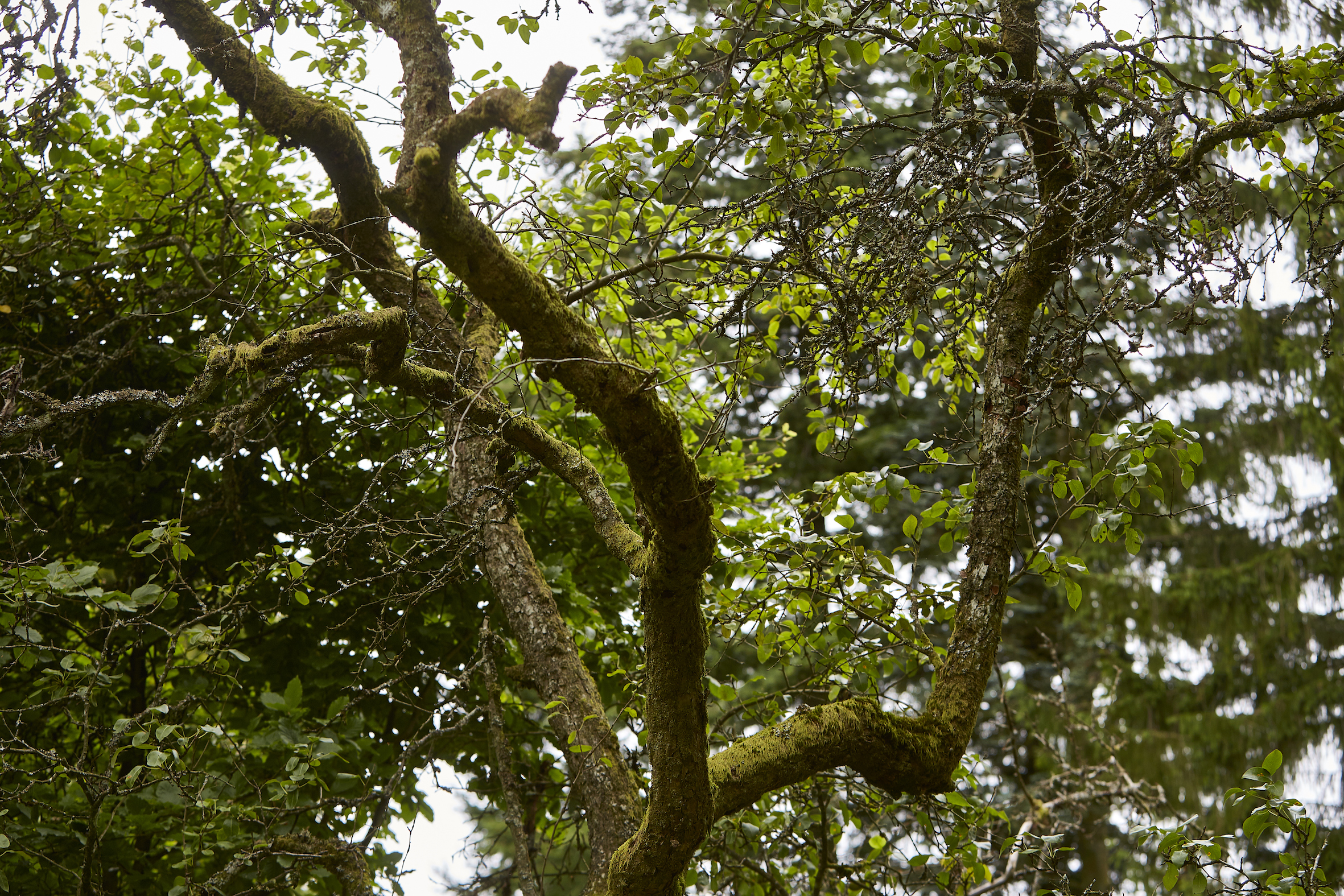
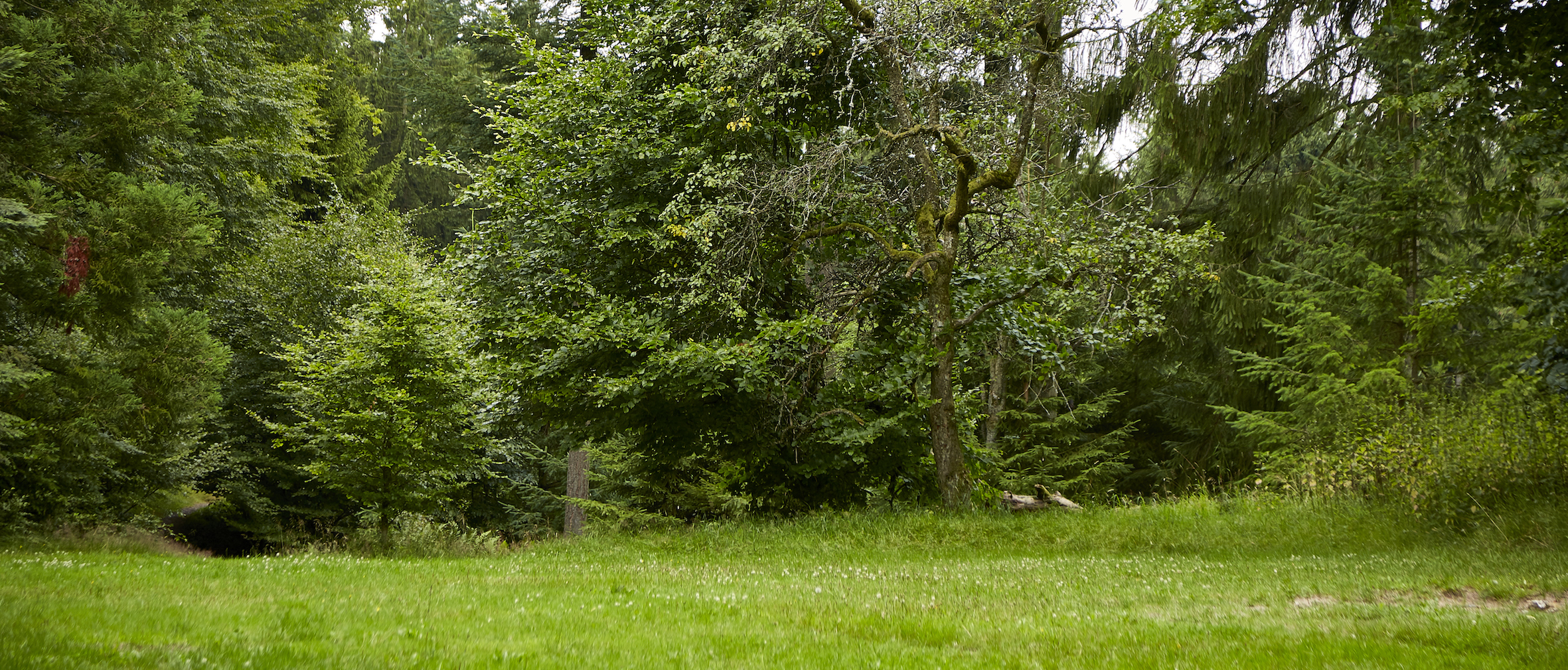
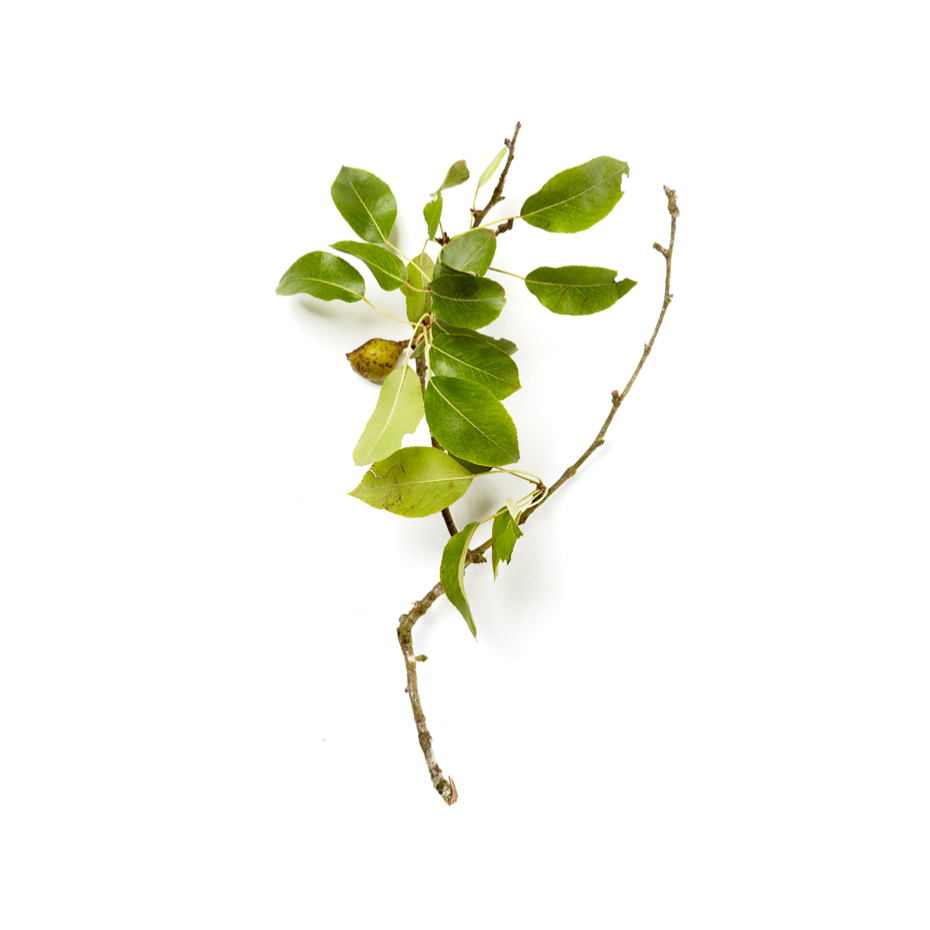
Pear
There are many different kinds of wild pears in Denmark—from Santa hat–shaped conference pears, to juicy little grey pears, to the perfect-for-preserving Grev Moltke pear. They are all sweet, but wild pears can also bring a surprising and delicate acidity to the table.
-
Where to Find It
Pear trees prefer dark, well-saturated soils. They can't withstand much wind, and therefore thrive best in bright, open forests, at the edge of woods, and in hedges, copses, and pastures. Now shuttered forest warden houses often still have a clearing where fruit trees grew—and where you might happen upon accidental pears.
Deciduous forests, towns, hedges.
-
When to Find It
Pear trees bloom in May with white flowers that are a real magnet for insects. The fruits ripen from September and into the beginning of October.
Pears: September, October.
-
How to Spot It
Pears are pome fruits that grow on thorny trees or large bushes. Wild pears often have thick thorns on their branches, and fruits that are somewhat smaller than cultivated varieties. The shape of the fruit ranges from oval to the familiar pear shape we know. At first the skin is greenish-yellow, but later in the season it can turn redder. The flesh of the fruit is most often firm, even after it ripens. The leaves are long stemmed and round or oval, with fine, serrated edges and distinct little points. Shiny and green on the surface, their underside is a matte pale grey. The flowers are white, faintly scented, and grow together in bunches.
-
How to Pick It
If the pear doesn't come off of the branch when you pull on it, leave it be—it's not ripe yet. A perfectly picked pear has only a short stem attached—no leaves or twigs. To find out whether the pear is ripe enough, you can cut it down the middle and look at the seeds. The darker they are, the riper the pear is.
Risk of misidentifying the plant
There is no risk of mistaking the plant for another dangerous or undesirable plant. In some cases, however, they may be confused with wild apples.


